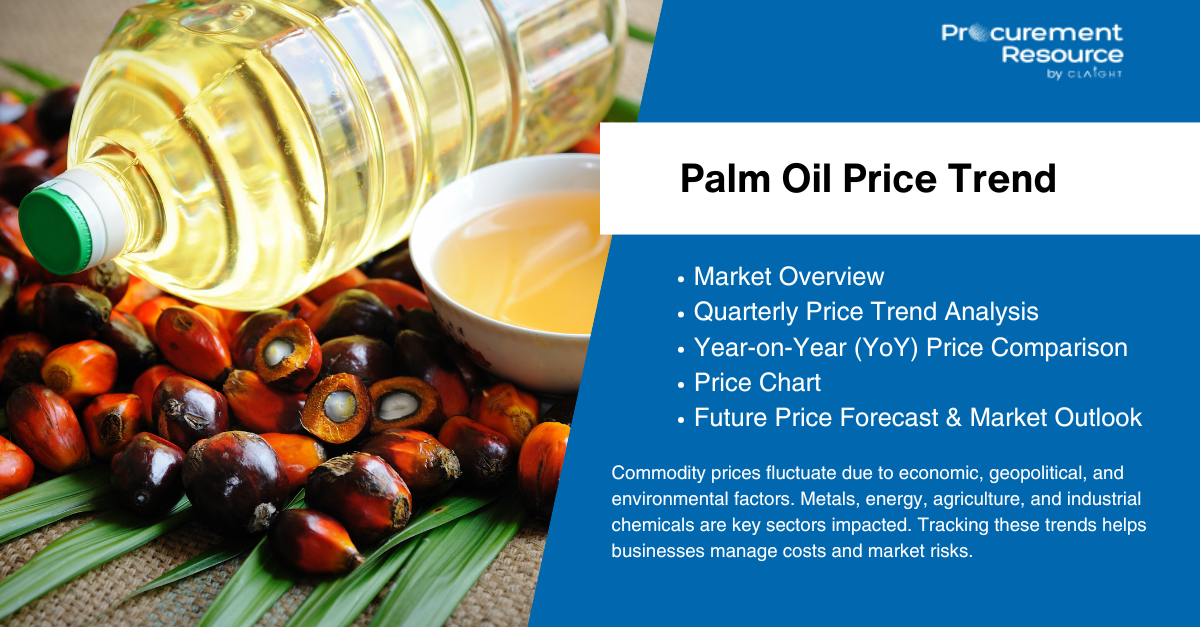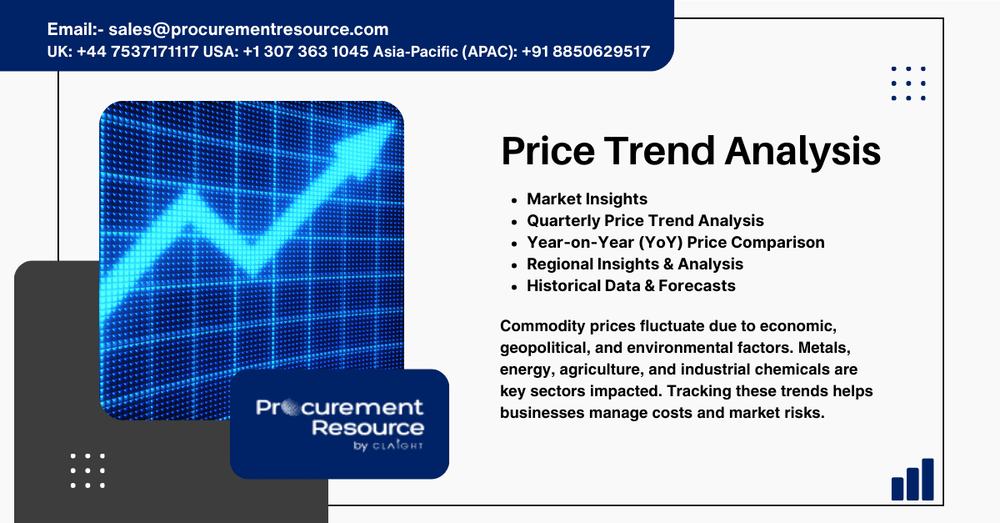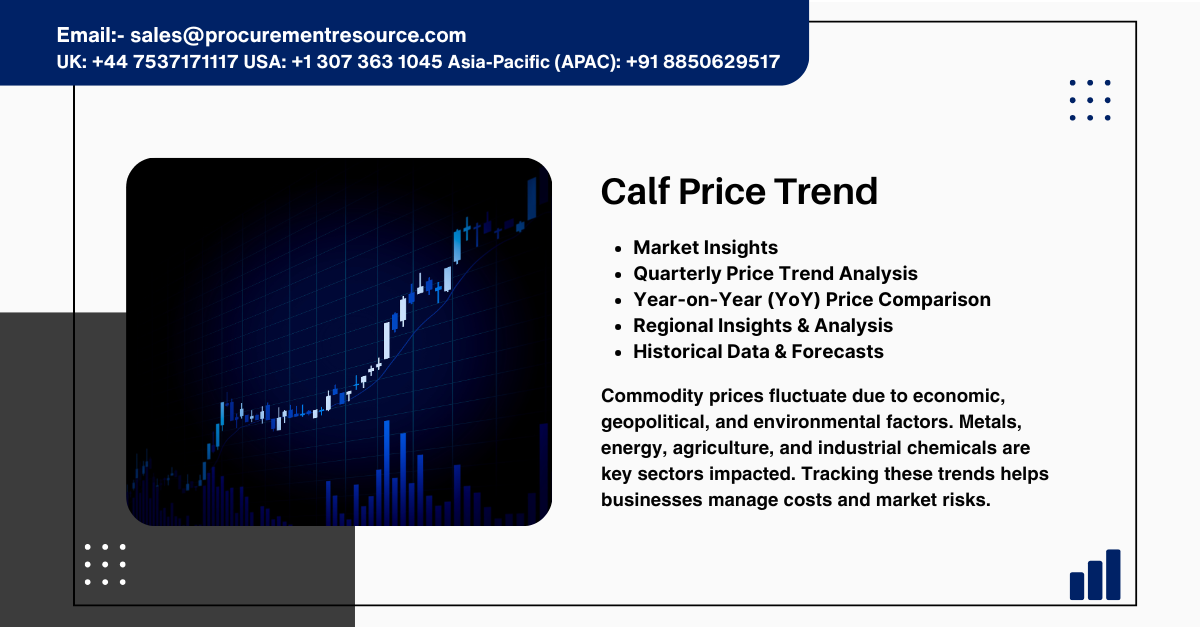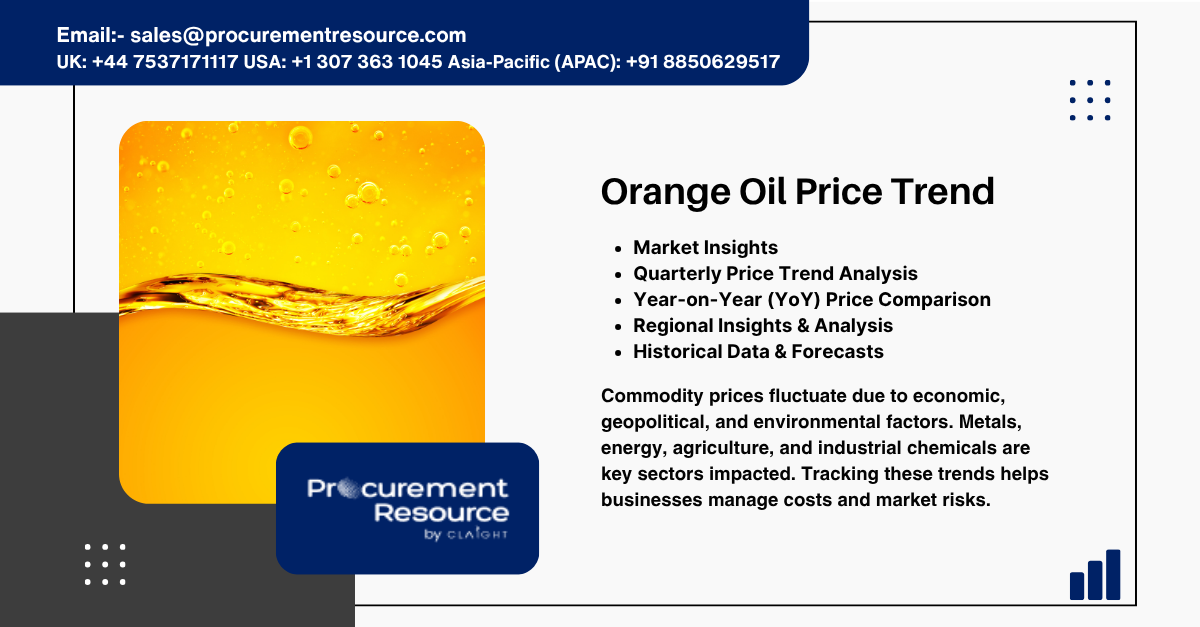Global Neodymium Market Trends: Price History, Forecast, and Strategic Insights
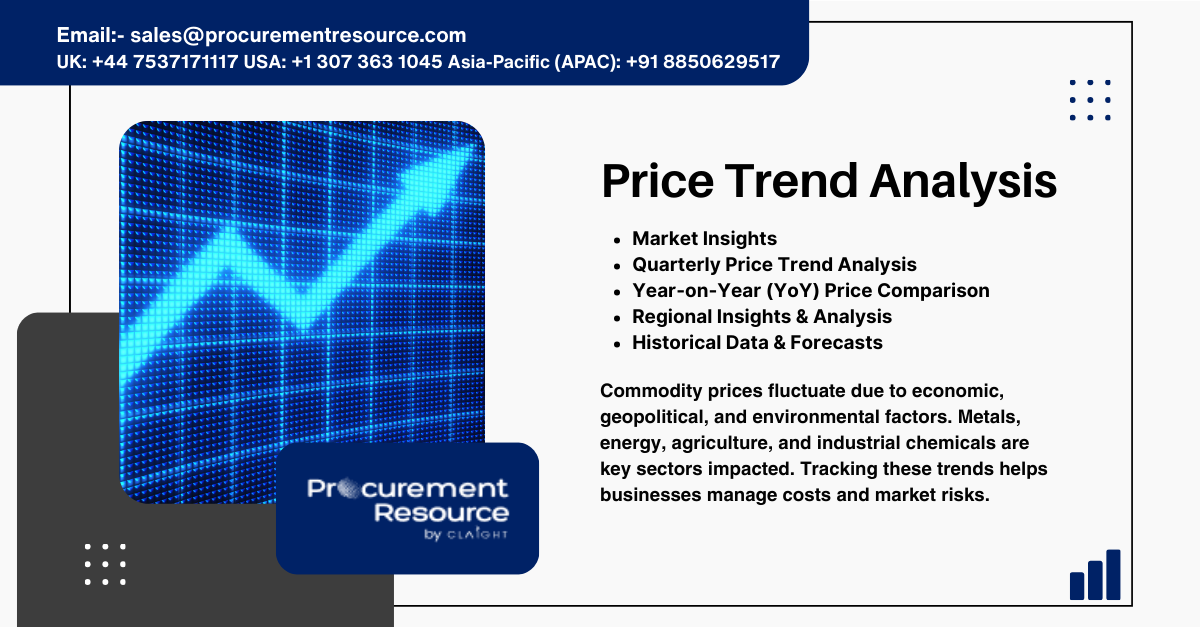
Strong 8k brings an ultra-HD IPTV experience to your living room and your pocket.
Neodymium, a rare earth metal known for its magnetic strength, is a critical element in the manufacturing of high-performance permanent magnets. These magnets are vital for applications in wind turbines, electric vehicles (EVs), robotics, hard drives, and advanced audio equipment. Given its strategic industrial use and highly concentrated global supply, understanding the Neodymium Price History is crucial for manufacturers, procurement professionals, investors, and policymakers.
This article explores the historical price trends of neodymium, current market dynamics, future forecasts, supply chain intelligence, and regional analysis impacting the rare earth metal industry.
Latest Price Movement & Market News
The neodymium market has been volatile in recent years due to rising clean energy demand, export restrictions, and geopolitical dependencies. As one of the most valuable rare earth elements, neodymium’s price trend has increasingly reflected global efforts to transition toward low-carbon technologies.
Recent Market Highlights:
EV adoption has significantly increased neodymium magnet demand, contributing to upward pricing pressure.
Chinese export controls on rare earths have tightened global supply.
Supply chain diversification efforts in the US, Australia, and Canada are still in early stages, unable to offset China’s dominance.
Price corrections in late 2023 were observed due to temporary oversupply and weak industrial activity in Asia.
These developments are directly reflected in real-time pricing and historical charts, showing dramatic growth phases followed by brief corrections.
Neodymium Price History: A Decade of Shifting Dynamics
Historical Price Analysis
Over the last 10–15 years, neodymium prices have seen multiple cycles of boom and correction, primarily linked to geopolitical policies, export quotas, and renewable energy trends.
Key Historical Periods:
2010–2011: Prices surged as China cut export quotas, triggering global concern over rare earth access. Neodymium oxide prices peaked at over USD 300/kg during this phase.
2012–2015: Prices fell sharply as China relaxed quotas and global demand temporarily plateaued, with new supply from Molycorp in the US attempting to enter the market (though unsustainably).
2016–2019: A period of relative stability. Prices hovered between USD 40–70/kg, with modest demand growth in the electronics sector.
2020–2022: COVID-19 initially caused disruptions, but demand rebounded strongly, fueled by renewable energy initiatives and EV manufacturing, pushing prices toward USD 120–150/kg.
2023–2024: Price volatility returned amid geopolitical tensions, recession fears, and temporary overstocking in major markets. Prices fluctuated between USD 90–130/kg depending on purity, form (metal/oxide), and region.
Forecast for 2025 and Beyond
The global neodymium market is projected to remain bullish over the medium to long term, supported by:
Expansion in EV manufacturing across Europe, China, and the US.
Growing wind turbine installations, particularly offshore.
Defense and aerospace applications requiring strong, compact magnets.
Limited substitution potential due to neodymium's superior magnetic strength.
Econometric models and AI-driven commodity forecasts suggest moderate to strong price growth, with projections ranging between USD 140–180/kg by 2027, assuming steady demand and no major mining disruptions.
Market Insights: Supply Chain and Procurement Intelligence
Neodymium is primarily extracted from rare earth ores like bastnasite and monazite. The majority of global refining and processing occurs in China, giving it significant leverage over international supply chains.
Procurement Strategies:
Diversify suppliers beyond China by exploring emerging sources in Australia (Lynas), the US (MP Materials), and Vietnam.
Invest in recycling channels to recover neodymium from electronic waste and end-of-life wind turbines.
Monitor export policies from China and new tariff implementations affecting raw materials.
Use price indexing tools to plan forward contracts based on historical price ranges and spot trends.
Platforms like Procurement Resource offer real-time neodymium pricing data, supplier benchmarking, and contract intelligence for enhanced decision-making.
Regional Market Analysis
China: The Powerhouse
China currently produces over 80% of global neodymium, both as metal and oxide. Government policies, environmental regulations, and trade strategies from Beijing significantly influence global prices.
United States & Canada: Strategic Growth
MP Materials and other firms are attempting to rebuild rare earth supply chains in North America. However, refining bottlenecks and environmental hurdles remain.
Australia: Alternative Source
Australia’s Lynas Rare Earths has emerged as a critical supplier to Japan and Europe. Expansion plans are underway to reduce dependence on Chinese processing.
Europe: High Demand, Low Supply
The EU’s push for clean energy and digital technology has made neodymium a strategic material. However, the bloc remains almost entirely import-dependent.
Data Visualization and Price Graph Tools
Advanced visualization tools now allow stakeholders to interactively analyze the Neodymium Price History and forecast data.
Features include:
Multi-year historical price charts for neodymium metal and oxide.
Regional pricing comparisons (China, US, EU).
Overlay with demand-side indicators like EV production data and wind turbine installations.
Currency-adjusted price graphs for global procurement teams.
These tools are critical for supply chain professionals, investors, and commodity analysts to make strategic decisions.
Sustainability & ESG Considerations
The neodymium industry is facing rising pressure to improve its environmental and social footprint. Mining and refining are resource-intensive and environmentally risky.
Sustainability Priorities:
Support low-impact mining and rare earth recycling.
Partner with suppliers committed to traceability and ESG disclosures.
Invest in closed-loop supply chains to ensure circular economy compliance.
ESG scoring is beginning to influence long-term pricing and supplier selection in major manufacturing and clean energy sectors.
Market Outlook and Emerging Opportunities
Neodymium’s strategic importance will continue to grow, especially in:
- Electric mobility and autonomous vehicles.
- Aerospace and defense systems.
- Miniaturized electronic devices.
- Medical imaging and diagnostic equipment.
As demand diversifies and supply chain risks evolve, stakeholders who adopt data-driven, sustainable sourcing strategies will gain a competitive edge.
Contact Information
Company Name: Procurement Resource
Contact Person: Ashish Sharma (Sales Representative)
Email: [email protected]
Location: 30 North Gould Street, Sheridan, WY 82801, USA
Phone Numbers:
UK: +44 7537171117
USA: +1 307 363 1045
Asia-Pacific (APAC): +91 8850629517
Note: IndiBlogHub features both user-submitted and editorial content. We do not verify third-party contributions. Read our Disclaimer and Privacy Policyfor details.



